Contents
Summary
Sodium bicarbonate is a popular choice in pancakes thanks to its reliable stability and excellent solubility in batter, making it a go-to leavening agent for consistent results. However, despite these benefits, its sodium contribution can be a drawback, potentially pushing products into less favourable categories within nutritional labelling systems such as HFSS (High Fat, Sugar, Salt).
Switching to one of our PELL™ K low-sodium baking powders, containing our patented KODA™ technology, helps products stay compliant without compromising quality.
What PELL™ Klassic Can Do for You
- Significantly reduce sodium in your recipe by up to 40%
- Improve the nutritional profile by adding potassium
- Deliver the same rise, texture, and taste
Our KODA™ technology can be used in a wide range of bakery applications, including cakes, cookies, crackers, crumpets, doughnuts and many more.
To find out more about how to improve the nutritional profile of your baked goods, contact our experts.
Background
Pancakes have seen a surge in popularity in the UK, evolving from a Shrove Tuesday treat into an everyday breakfast and brunch staple. A growing range of ready-made or premix options as well as international styles like American buttermilk and Japanese soufflé pancakes are driving consumer interest.
With growing demand and consumers becoming more health-conscious, particularly with developing focus on regarding HFSS guidelines , higher sodium level goods face sales challenges.
UK retailer salt levels per 100g of buttermilk pancake – June 2025
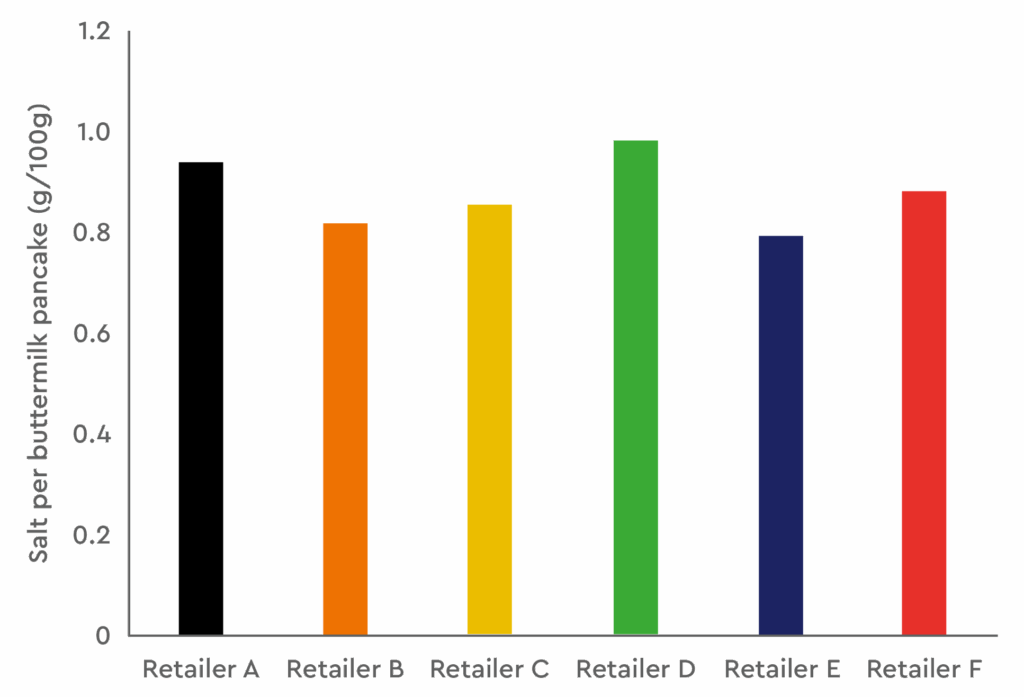
A buttermilk pancake purchased from a UK supermarket can contain as much as 0.99g of salt per 100 g of product.
In context, the NHS recommends an adult consume no more than 6g of salt a day, meaning one 70g pancake can contain around 12% of an adult’s recommended daily intake. And, who only eats one?!
Challenge
Sodium levels in sweet baked goods are often higher than you would expect. With products that we associate as being ‘salty’, often being less salty than a sweet good, such as a pancake.
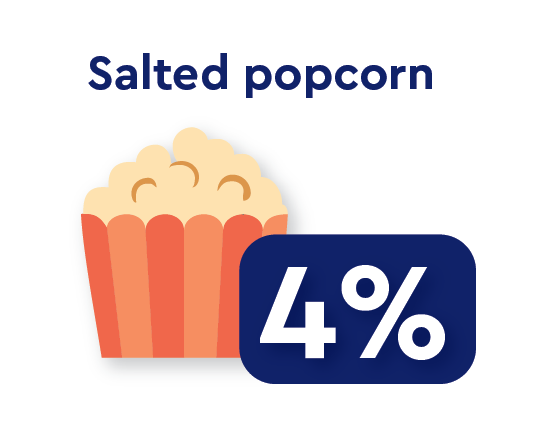
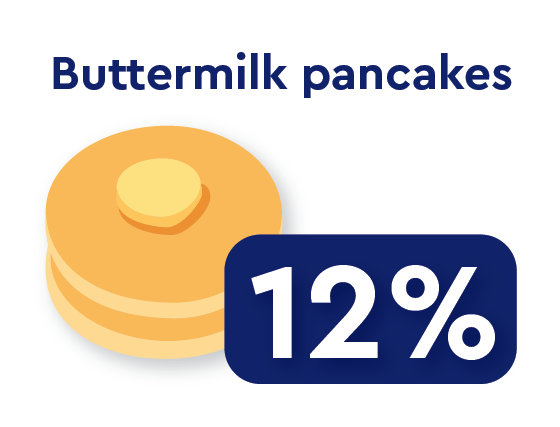
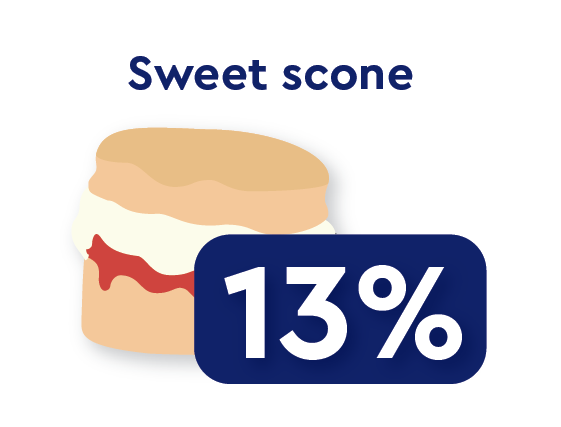
While sodium bicarbonate plays a crucial role in ensuring efficient carbon dioxide (CO₂) release and achieving a good rise in baked goods, its contribution to sodium content is significant.
Addressing the sodium level while maintaining the volume, taste, and texture that consumers are accustomed to can be a challenge. Reformulating recipes takes time and careful consideration, as ingredients like salt and the leavening contribute to the physical and flavour properties of the product.
Solution
Kudos Blends offers a range of complete baking powders that contain our patented KODA™ potassium bicarbonate technology, which behaves in the same way as the conventional sodium bicarbonate.
Our range of low-sodium PELL™ baking powders is used globally to cut sodium levels and meet targets.
PELL™ Klassic, part of our low-sodium range, has been formulated to reduce sodium while maintaining the same volume, taste and texture.
Using a manufacturer’s pancake recipe, we put this to the test in our test bakery, ensuring the only variable was the baking powder.
Standard baking powder
using sodium bicarbonate
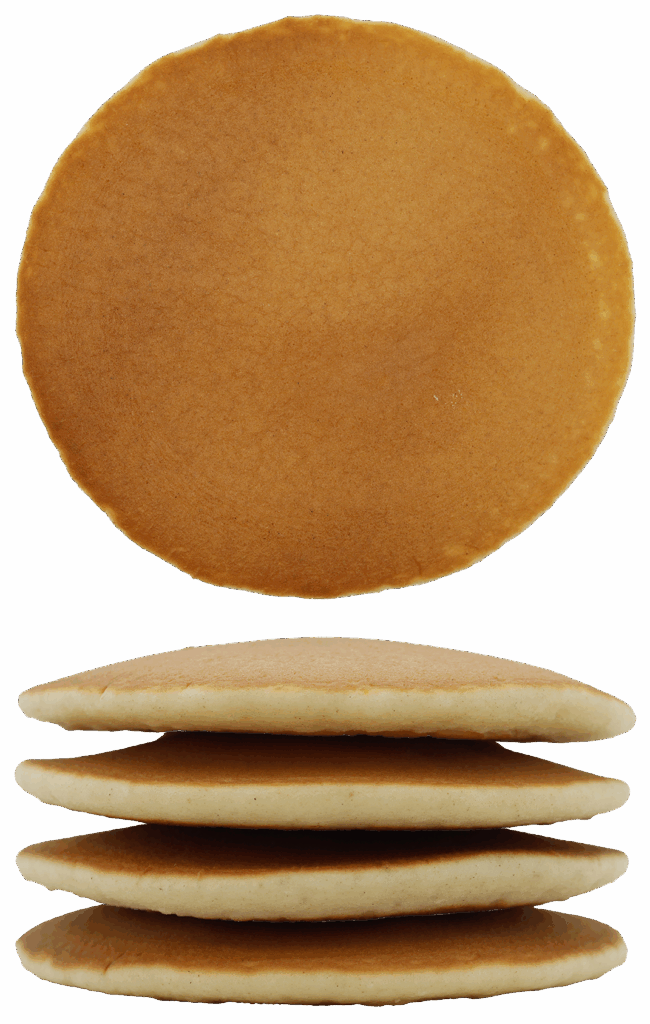
Sodium Value
383mg/100g
PELL™ Klassic
baking powder
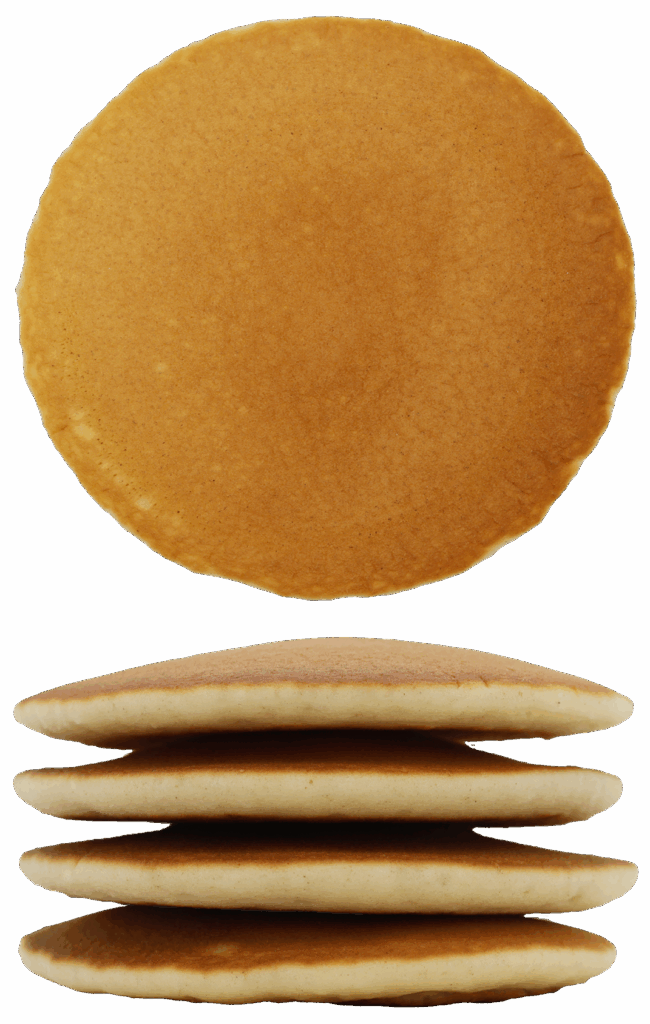
Sodium Value
231mg/100g
By switching to PELL™ Klassic, the pancakes maintained their original appearance while achieving an impressive sodium reduction of nearly 40%. This not only meets sodium reduction targets but also enables better nutritional labelling.
EU’s Nutri-Score System
For example, using the EU’s Nutri-Score system, a pancake leavened with sodium bicarbonate typically scores a C (yellow). Reformulating with a potassium-based leavening system, such as PELL™ Klassic, can improve this to a B (green), enabling manufacturers to offer a healthier product without compromising on quality.


When comparing the pancakes texturally, analysis revealed no statistically significant differences between the two, as confirmed by ANOVA with post-hoc Tukey testing.
Hardness
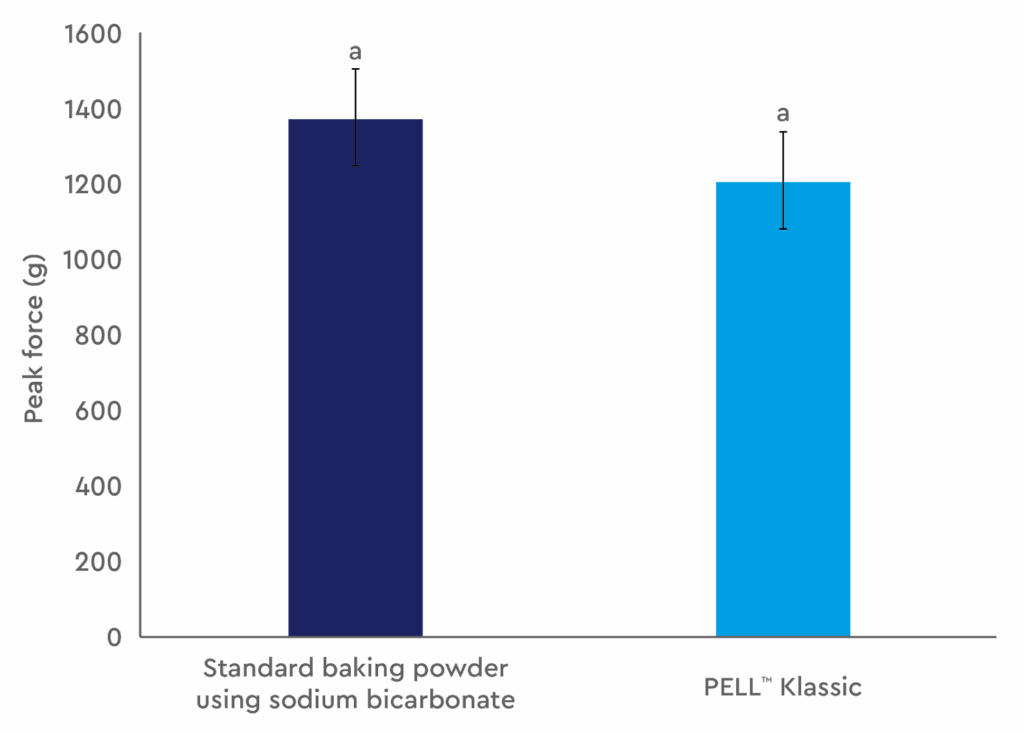
Fig 1. Average hardness of the final product. The higher the peak force, the harder the product.
Chewiness
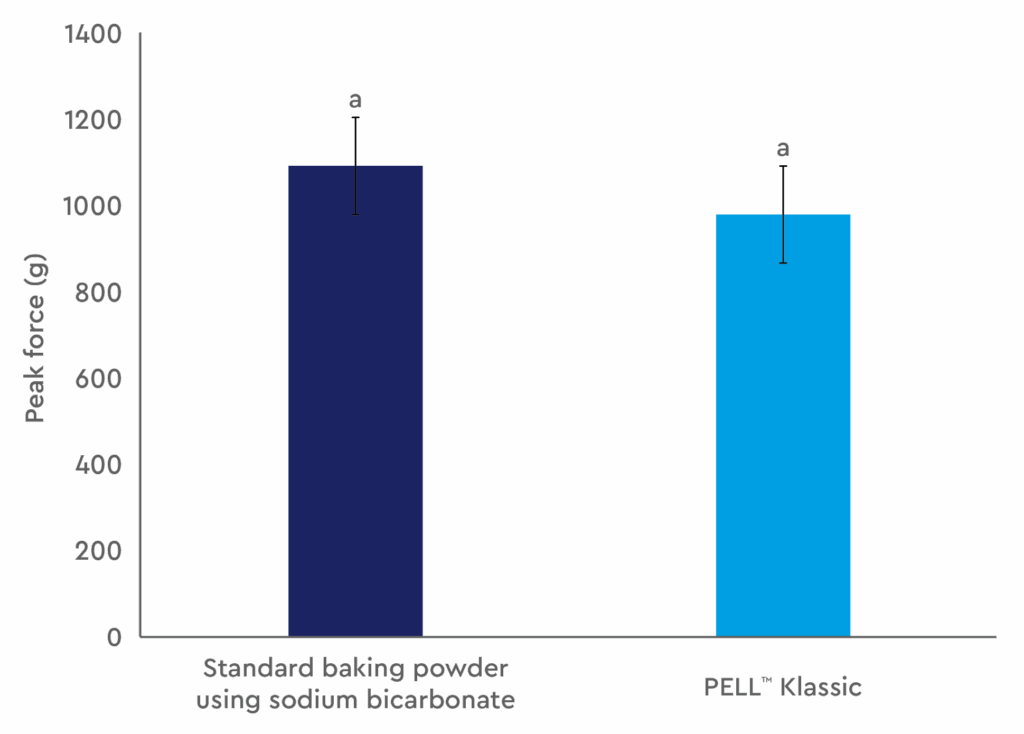
Fig 2. Average chewiness of the final product. The higher the bar, the chewier the product.
Taste Test
These findings were further supported by our internal organoleptic panel, who reported no noticeable differences in appearance, flavour, or overall mouthfeel, suggesting that the improved nutritional balance didn’t come at the cost of quality or enjoyment.
Conclusion
Using PELL™ Klassic it is possible to reduce sodium by nearly 40%, as well as add potassium, which benefits cardiovascular health. In addition to the health benefits, the end products displayed the same visual appearance and mouthfeel compared with the sodium bicarbonate counterpart.
PELL™ K products allow manufacturers to significantly reduce sodium in their final products without the need for timely product development or hindering the final product quality. They also help manufacturers achieve nutritional goals and broaden their consumer base.
Reach out to our experts to discuss how changing to one of our low-sodium baking powders can help you meet your sodium targets in the simplest way.









